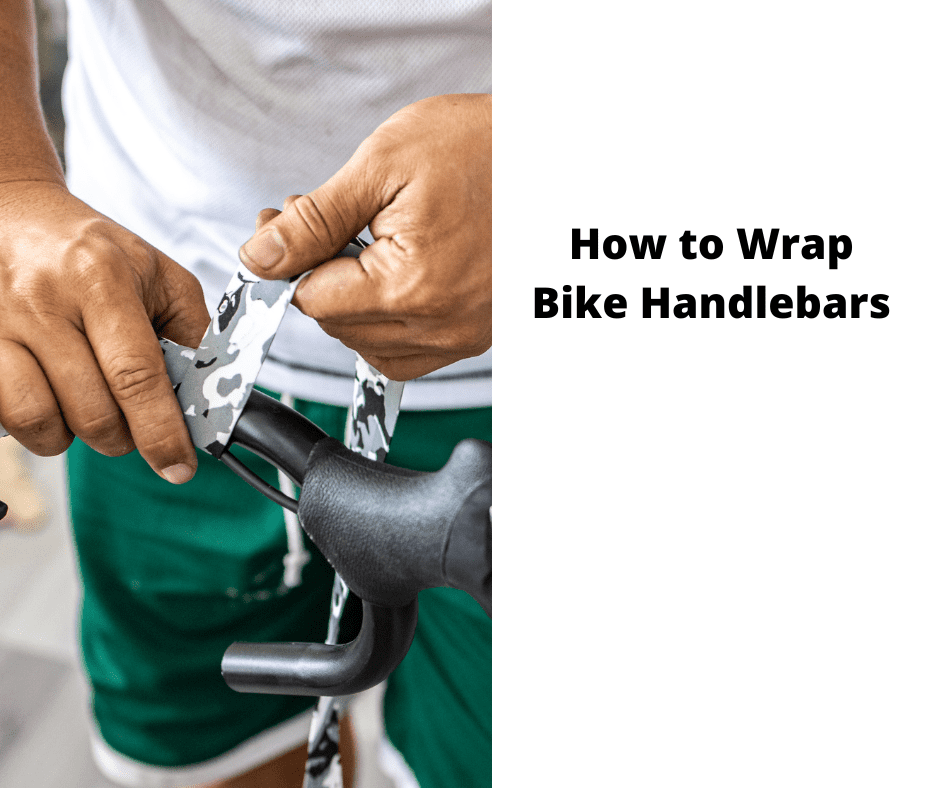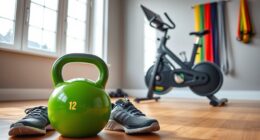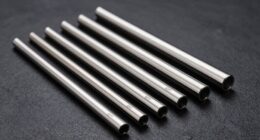When it comes to the mystery of how bicycle tires lose air, it often seems like a never-ending battle of inflating and deflating. Understanding the intricate ways in which air escapes from your tires is crucial for every cyclist.
From tiny leaks to temperature fluctuations, the factors at play might surprise you. So, let's unravel the secrets behind the gradual air loss in bicycle tires and discover practical solutions that can keep your ride smooth and hassle-free.
Key Takeaways
- Microscopic pores and high pressure contribute to gradual air loss in bicycle tires.
- Temperature changes affect tire pressure, emphasizing the need for regular checks.
- Valve issues can cause air loss, necessitating routine inspections for maintenance.
- Understanding natural leakage and implementing preventive strategies are essential for optimal tire performance.
Common Causes of Bicycle Tire Air Loss
Microscopic pores in bicycle tires or tubes can lead to gradual air loss over time. These tiny imperfections allow air molecules to slowly escape, resulting in a decrease in tire pressure.
Additionally, temperature changes play a crucial role in the rate of air loss. As temperatures fluctuate, the air inside the tire expands and contracts, influencing the pressure within the tire. High-pressure tires are particularly susceptible to deflation due to the permeability of rubber, causing air to seep out more rapidly.
Valves, especially in high-pressure tubes, can also be a common culprit of air loss from bicycle tires. The quality of the tube and valve are significant factors affecting the rate of air loss, along with variations in tire size and tube types.
Understanding these common causes of air loss is essential for maintaining proper tire pressure and ensuring a smooth cycling experience.
Impact of Temperature Changes on Tire Pressure

Temperature fluctuations significantly impact tire pressure, causing air to expand in warm conditions and contract in cold conditions, which in turn affects the overall performance of bicycle tires.
Here are four key points to consider regarding the impact of temperature changes on tire pressure:
- Pressure Fluctuation: Temperature changes can lead to fluctuations in tire pressure, with each 10°F shift resulting in approximately a 1 PSI change in pressure.
- Overinflation Risk: High temperatures can cause the air inside the tire to expand, leading to overinflation if not monitored and adjusted accordingly.
- Underinflation Risk: Conversely, cold temperatures can cause the air to contract, potentially resulting in underinflation, which can affect the stability and handling of the bicycle.
- Maintenance Importance: Regularly checking and adjusting tire pressure based on temperature variations is crucial to ensuring optimal performance and safety while riding. Maintaining the correct tire pressure helps prevent premature wear, improves traction, and enhances overall ride quality.
The Role of Valve Issues in Air Loss

Examining the integrity of valve components is essential in understanding the impact of valve issues on air loss in bicycle tires. Valve problems, such as loose valve cores, can result in gradual air loss, leading to underinflated tires and reduced performance.
Proper maintenance, including tightening the valve core, is crucial to prevent air leakage and maintain optimal tire pressure. Neglecting valve care can disrupt the airtight seal, allowing air to escape slowly over time. Factors like temperature fluctuations can also affect valve performance, exacerbating air loss in bike tires.
To ensure consistent air retention, regular valve inspections and maintenance are necessary. By prioritizing valve health and addressing any issues promptly, cyclists can avoid unnecessary air loss, optimize tire pressure, and enhance overall riding experience. Remember, maintaining proper valve function is key to preserving tire integrity and maximizing bike performance.
Understanding Natural Leakage in Tires

Natural leakage in bicycle tires, stemming from microscopic pores in the tire/tube, is a common phenomenon that results in a gradual decrease in tire pressure over time. Understanding this natural air loss is crucial for maintaining optimal tire performance.
Here are four key points to consider:
- Rate of Leakage: The rate of air loss due to natural leakage can vary between 1-5 psi per day, depending on the quality of the tire/tube and environmental factors like temperature changes.
- Impact of Pressure: Higher pressure tires tend to deflate faster than lower pressure ones, as air molecules escape more readily through the pores in the rubber material.
- Riding Conditions: Factors such as the type of road surface and the intensity of riding can also influence the rate of natural air loss in bicycle tires.
- Quality Matters: The quality of the tube and valve in the tire assembly can significantly affect the overall rate of air loss, emphasizing the importance of using high-quality components.
Understanding these nuances of natural air leakage is essential for cyclists to effectively manage and maintain their tire pressure levels.
Strategies to Prevent Tire Deflation

To effectively prevent tire deflation, implementing proper maintenance practices and utilizing high-quality components is paramount. Properly sealing tubeless tires is crucial to reduce air loss. Initial settling of sealant often leads to higher pressure drops, so ensuring a secure seal is essential.
Regularly inspecting and replacing tubeless valves can prevent air leakage and maintain optimal tire pressure levels within the recommended range. High-quality tubes and valves are also instrumental in minimizing air loss in tubed tires, ensuring consistent pressure levels for longer periods.
Tightening the valve core on both tubeless and tubed tires is a simple yet effective method to prevent unnecessary air loss and maintain tire inflation. Monitoring pressure trends and promptly addressing rapid pressure loss are key strategies to prevent tire deflation and maintain safe riding conditions.
Frequently Asked Questions
Why Do Bicycle Tires Lose Air Pressure?
We lose air pressure in bicycle tires due to microscopic pores allowing air molecules to escape gradually. Temperature changes cause air to expand and contract, affecting tire pressure. The tube quality and valve influence air loss rate.
Why Is My Bike Tire Losing Air Without a Hole?
We've noticed air loss in bike tires without visible damage. Microscopic pores, temperature fluctuations, tube quality, and tire type can all be contributing factors. Regular maintenance and pressure checks are essential to address gradual air loss issues effectively.
Can a Bike Tyre Lose Pressure Without a Puncture?
Yes, bike tires can lose pressure without a puncture due to factors like air permeation. Changes in temperature and tube type impact pressure levels. Regular pressure checks and adjustments help manage gradual air loss effectively.
Why Does My Bike Tire Keep Deflating?
Our bike tire keeps deflating possibly due to microscopic pores in the tire or tube, air molecules escaping, temperature fluctuations affecting pressure, and valve quality. Higher pressure tires may deflate quicker due to air permeation.
Conclusion
In conclusion, just as a bike tire loses air over time, so too do we experience moments of deflation. By recognizing the common causes and implementing preventive strategies, we can maintain optimal performance and resilience.
Like a well-inflated tire propelling us forward, let's strive to overcome challenges and obstacles with determination and perseverance. Remember, just as proper tire pressure is crucial for a smooth ride, maintaining our inner strength is essential for navigating life's journey.









